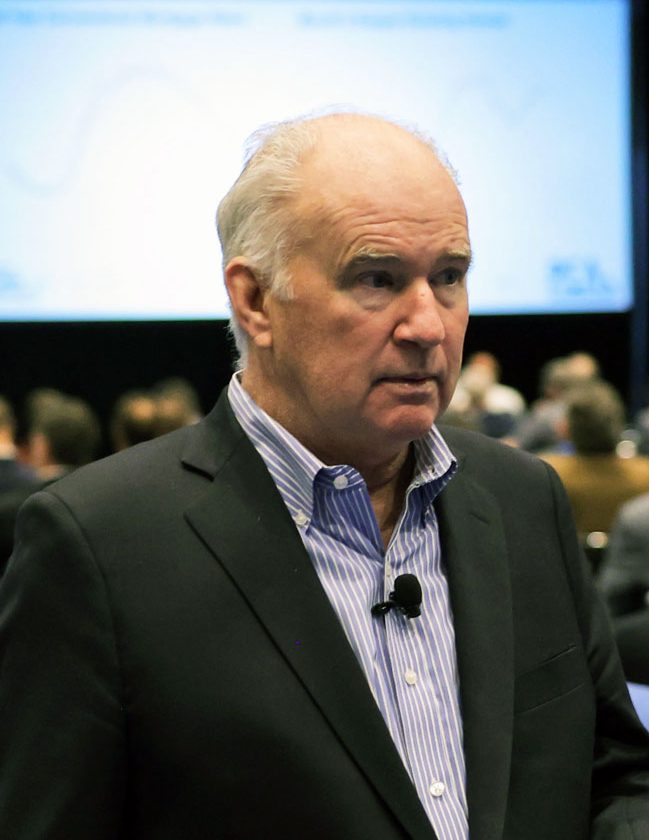According to the U.S. Census Bureau, construction spending during June 2023 was estimated at a seasonally adjusted annual rate of $1,938.4 billion, 0.5% (±0.5%) above the revised May estimate of $1,929.6 billion.
The June figure is 3.5% (±1.3%) above the June 2022 estimate. During the first six months of this year, construction spending amounted to $917.4 billion, 3.0% (±1.0%) above the $890.4 billion for the same period in 2022.
In June, the estimated seasonally adjusted annual rate of public construction spending was $421.4 billion, 0.3% (±1.0%) above the revised May estimate of $420.2 billion. Highway construction was at a seasonally adjusted annual rate of $128.6 billion, 0.1% (±2.6%) below the revised May estimate of $128.6 billion. Educational construction was at a seasonally adjusted annual rate of $88.9 billion, 0.1% (±1.5%) below the revised May estimate of $89.0 billion.
Spending on private construction was at a seasonally adjusted annual rate of $1,516.9 billion, 0.5% (±0.3%) above the revised May estimate. Residential construction was at a seasonally adjusted annual rate of $856.3 billion, 0.9% (±1.3%) above the May estimate, while nonresidential construction was at a seasonally adjusted annual rate of $660.6 billion, virtually unchanged (±0.3%) from May.
“Despite high interest rates, private sector demand for most types of construction activity continues to expand,” said Stephen E. Sandherr, Associated General Contractors of America chief executive officer. “Ironically, demand softened in sectors like power, and highway and street construction where Washington has directed significant sums.”
Association officials said the spending increases for most categories were welcome news and a sign of continued economic strength. But they warned that confusion about some of the regulatory requirements associated with federal construction funding was delaying many projects where funding has been announced, but construction has yet to start.
“Confusion about some of the strings that come with the new federal construction funds is limiting the economic impact of these investments for now,” said Sandherr. “The sooner the administration clarifies questions around Buy America and the rules around clean energy investments, the sooner construction can begin on many infrastructure and power projects across the country.”
“Nonresidential construction spending growth downshifted over the past two months,” said Associated Builders and Contractors Chief Economist Anirban Basu. “While stakeholders can expect ongoing spending growth in public nonresidential construction segments as more Infrastructure Investment and Jobs Act monies flow into the economy, private developer-driven activity appears to be drying up in the context of higher costs of capital and tighter credit conditions.
“Among other things, these dynamics will translate into larger spreads in performance among contractors. While those that focus on public work stand to remain busy for years to come, those who specialize in meeting the needs of developers of office buildings, hotels and shopping centers are likely to struggle to support backlog going forward. The good news is that there remain private construction segments associated with rosier prospects, including manufacturing, data centers and health care,” said Basu.

